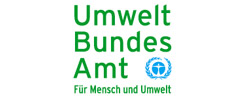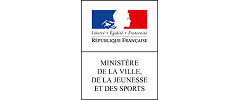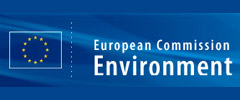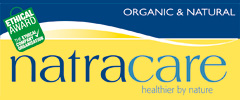Will lipstick be safe?
Report: FDA to be poor watchdog of products using new technology
20.09.2006 |Helen Lynn
By Diedtra Henderson, Globe Staff | October 7, 2006
WASHINGTON -- From sunscreens to drugs that ease nausea to the promise of a lipstick that changes color, consumers can expect to see more products based on technology that harnesses the tiniest specks of material.
Article Tools
Nanotechnology is poised to become a revolutionary force in manufacturing -- including pharmaceuticals and medical devices -- according to a Washington, D.C., project that aims to increase public understanding of the technology while reducing its risks.
But the promise of such innovations runs smack against a chronically underfunded Food and Drug Administration that is ill-equipped to guarantee the new products' safety, the Project on Emerging Nanotechnologies said in a report released this week.
To ensure the safety of nanotechnological creations, the FDA would need more legal powers and funding -- perhaps tens of millions of dollars, said Michael R. Taylor , a former deputy FDA commissioner who wrote the report.
Nanosizing materials can make them small enough to fit a million particles onto the head of a pin. That creates ``fantastic" materials with strength of steel and the flexibility of rubber, at one-quarter the weight, said Julia A. Moore , deputy director of the project, which is funded by the Woodrow Wilson International Center for Scholars and the Pew Charitable Trusts . Nanotechnology also refers to techniques used to build material atom by atom or molecule by molecule.
``It is going to affect the food you eat. It's going to affect the medicines that treat your cancer and Alzheimer's disease," Moore said.
According to Lux Research Inc. , manufacturers sold more than $32 billion in nanotechnology products worldwide last year. By 2014 , manufactured goods worth about $2.6 trillion will incorporate nanotechnology, the firm estimates.
But safety advocates say the FDA will be overwhelmed because the agency lacks enough money to oversee safety of products already on the market. And Congress has not given it authority to police the safety of conventional products already using some nanomaterials.
The agency does not share those concerns.
Both camps point to cosmetics to bolster their arguments.
The cosmetics industry is self-regulated and fills store shelves with products it says use nanoparticles. That includes sunscreens that are transparent, creams said to tone skin, and shampoos said to make hair glow. Working voluntarily with the FDA, the cosmetics industry conducts its own safety studies.
It is under no obligation, however, to share safety data with the FDA.
Taylor said the FDA, at a minimum, should get access to the safety studies. It should also track safety of cosmetics through such tools as a database of side effects attributed to cosmetics use, he said.
``If you believe people's confidence in your product is going to be undermined because they are not sure about safety, then you have some incentive to get some basis for FDA to vouch for its safety," Taylor said.
To argue against significant congressional action, the FDA points to a history of voluntary compliance by the cosmetics industry and the low number of safety problems caused by cosmetics. Also, the nanotechnology movement is only in its infancy, giving the FDA time to prepare for the new regulatory challenge. The FDA, which is already identifying regulatory gaps in nanoproduct oversight, along with potential fixes, is scheduled to discuss nanotechnology in a public meeting on Tuesday .
``There is no question when the industry nanosizes the material -- whether it's [material] we've looked at before or one we've never looked at -- that material has different properties," said Norris Alderson , FDA associate commissioner for science .
That does not necessarily mean there is a significant difference in product safety, he said.
``It's too early to jump to a solution via changing the law," Alderson said. ``The science is just not there yet to lead us to that conclusion."
But Kirsty Mills, a University of New Mexico researcher who teaches a course on the social and ethical implications of nanotechnology, worries about some of the new materials.
A French manufacturer, for instance, is working on an experimental lipstick that looks transparent. The lipstick uses layers of nanoparticles to create the illusion that the lipstick changes colors when lighting changes, according to media and analyst reports.
And new sunscreens achieve translucence by miniaturizing and encapsulating titanium dioxide particles.
``There is a debate going on about, is that safe or not," said Mills , associate director of the university's Center for High Technology Materials . ``Does that go through your skin? They're small enough;it's possible that they penetrate. What happens when they penetrate?"
Diedtra Henderson can be reached at dhenderson@globe.com.


































